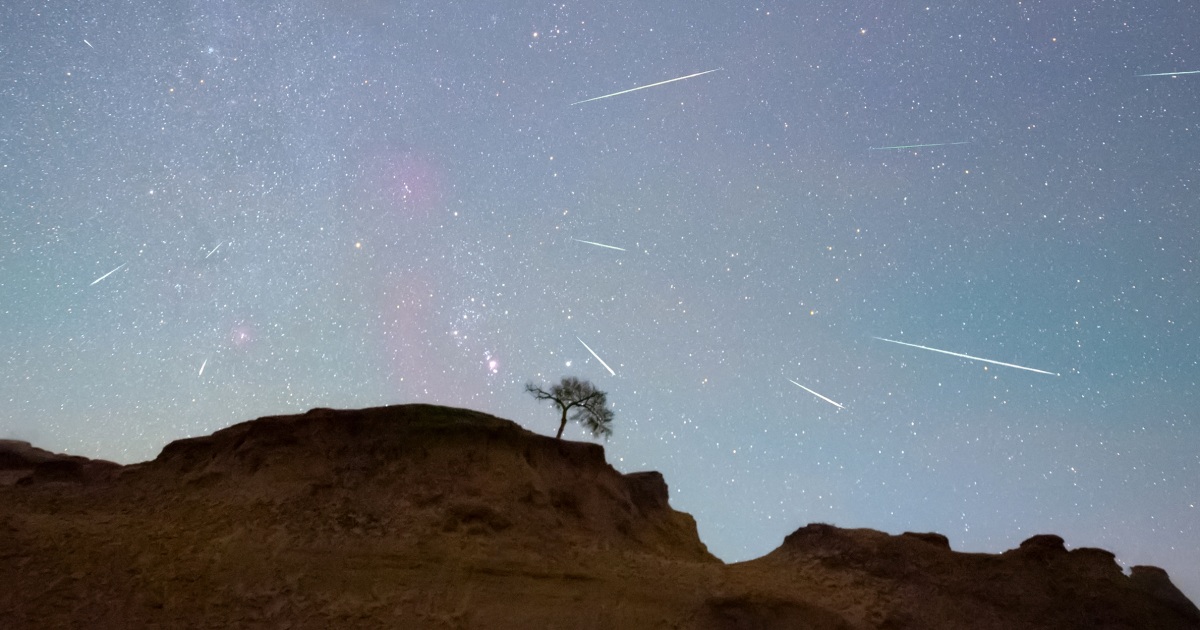
Drag (aka N1)
Drag, also known as N1, is the force that opposes the motion of an object through the atmosphere. In space and astronautical engineering, drag is a critical factor in the design and operation of spacecraft, as it can cause orbital decay and limit the useful life of a satellite or spacecraft. Drag is caused by the interaction of the spacecraft with the atmosphere, which can cause heating, vibration, and other effects. Engineers must carefully consider the effects of drag on spacecraft design, including the shape and materials used, as well as the altitude and speed of the spacecraft. In addition, drag can be used to control the orbit of a spacecraft, by using aerodynamic surfaces or other techniques to increase or decrease the drag on the spacecraft.
Your Previous Searches
Random Picks
- Satellite Operations Control Center (SOCC): Satellite Operations Control Center (SOCC) is a facility that is responsible for monitoring and controlling the operations of one or more satellites in space. The SOCC is staffed by a team of engineers and technicians who are responsible fo ... Read More >>
- Cost Management: Cost management in space and astronautical engineering refers to the process of planning, estimating, budgeting, financing, funding, managing, and controlling the costs associated with the design, development, testing, manufacturing, launch ... Read More >>
- Launch Costs: Launch costs refer to the expenses incurred in designing, manufacturing, and launching a spacecraft or a rocket into space. These costs include the development of the launch vehicle, the construction of the launch site, the cost of fuel, an ... Read More >>
Top News

Bestselling author explains the science of happiness: "You can do the work"...
Bestselling author and Harvard professor Arthur Brooks opens up about how enjoyment, satisfaction and meaning in life can increase a person's wellbeing....
News Source: CBS News on 2024-11-18

November's full moon, known as the Beaver Moon, is the last supermoon of 2024. H...
November's full moon, known as the Beaver Moon, is the last supermoon of 2024. Here's when it peaks and why it's called the Beaver Moon....
News Source: CBS News on 2024-11-15

You can't put a price on the sense of awe particle physics inspires...
Astronomy and particle physics are no longer seen as vital by the US establishment, so funding has fallen. But our work creates a sense of wonder, and wonder matters, says Chanda Prescod-Weinstein...
News Source: New Scientist on 2024-11-13

If you want to stretch your gift game into days this holiday, check out these ad...
The advent calendar phenomenon is growing every year, with so many exciting, fun, beautiful, and delicious options available...
News Source: ABC News on 2024-11-04

November brings a bonanza of meteor showers...
November brings a skywatching bonanza, with three meteor showers — the Southern Taurids, Northern Taurids and Orionids — offering chances to see shooting stars....
News Source: NBC News on 2024-11-02